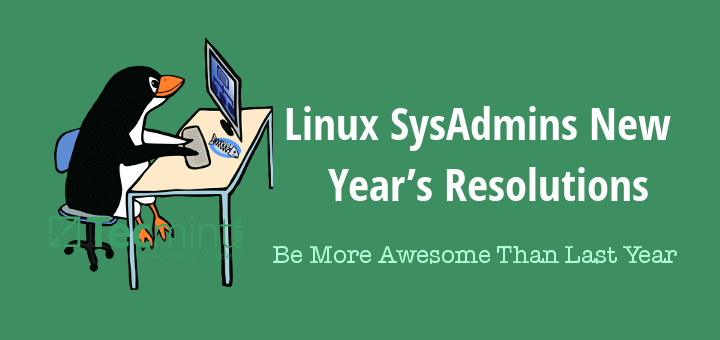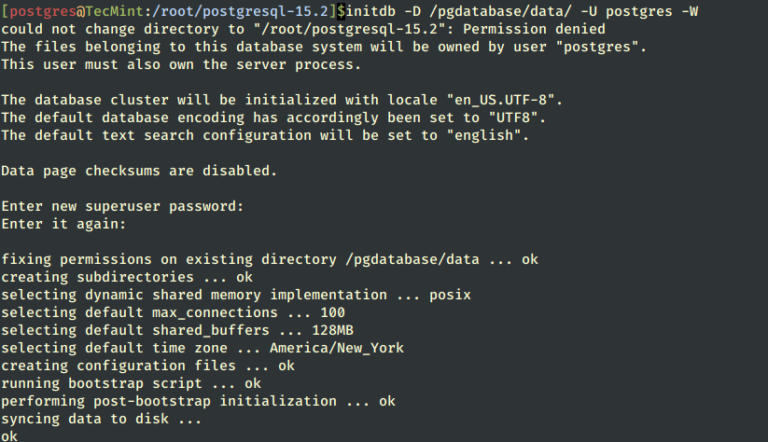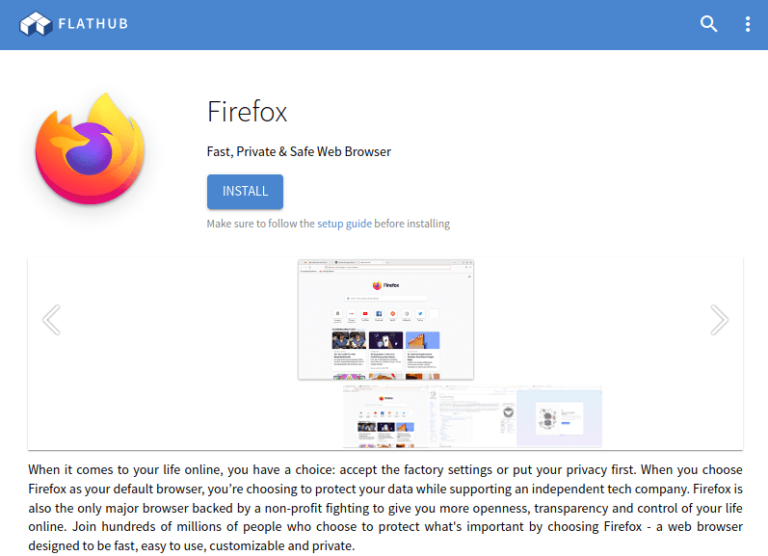Understanding the Basics of SELinux Policy Management on CentOS
Introduction
In the vast ocean of Linux security, SELinux stands as a stalwart guardian, often misunderstood yet crucial for safeguarding systems against potential threats. As administrators and users delve deeper into the realms of CentOS, mastering SELinux policy management becomes imperative for ensuring robust security configurations. This article aims to demystify SELinux policy management on CentOS, providing an introduction to its intricacies and functionalities.
Understanding SELinux
SELinux, or Security-Enhanced Linux, represents a paradigm shift in Linux security by enforcing mandatory access controls (MAC) based on security policies. Unlike traditional discretionary access controls (DAC), which rely on user permissions, SELinux assigns security contexts to system objects, such as files, processes, and sockets. These contexts include labels denoting the object’s type, role, and domain, allowing SELinux to enforce fine-grained access control decisions.
SELinux operates primarily in two modes: enforcing and permissive. In enforcing mode, SELinux actively enforces security policies, denying access to unauthorized actions. Conversely, permissive mode logs policy violations without enforcing them, facilitating policy development and troubleshooting.
- Google Ad Manager Launches Programmatic Email Ads
Google Ad Manager has quietly published documentation for a beta version of an advertising tag for email newsletters.
Email ads are cookie-proof. They do not depend on third-party tracking cookies for targeting. The end of tracking cookies in web browsers (as soon as 2025) has publishers and advertisers searching for new channels.
Email’s targeting capability could be the primary reason GAM is adding support. - eCommerce website solutions that drives salesccording to HubSpot, 80% of online shoppers stop doing business with a company because of poor customer experience. When all of your competition is also selling online, the shopping experience you offer your customers will be a critical differentiator.
- The Best WordPress Hosting Solution in AustraliaEach of our WordPress hosting solutions are fine-tuned, blazing fast and are ready for you! Starting a WordPress website has never been easier with our free 1-click WordPress installation, enterprise-grade security and an assortment of tutorials and helpful guides to get you started, all backed by our 99.9% uptime guarantee.
- Multilingual WordPress Sites to Reach a Global AudienceIf you are seeking to broaden the reach of your WordPress site to target an international audience, the following discussion on the leading multilingual WordPress plugins will be of interest. The plugins to be covered include WPML, Polylang, Weglot, TranslatePress, and GTranslate.
- How to Reset Forgotten Root Password in RHEL SystemsThis article will guide you through simple steps to reset forgotten root password in RHEL-based Linux distributions such as Fedora, CentOS Stream, Rocky and Alma Linux.
- VMware NSX Multi-tenancy; True Tenant Isolation?What is VMware NSX multi-tenancy? Historically multi-tenancy in VMware NSX was a Tier-0 gateway, otherwise known as the provider router, with one or many child Tier-1 gateways.
- How To Install Elasticsearch On RunCloudElasticsearch is a powerful, open-source search engine and analytics platform for storing, searching, and analyzing large volumes of data in real time.
- WooCommerce vs BigCommerce: What’s the Best Choice?If you’re starting an online store, one of the first decisions you’ll need to make is the eCommerce platform you’re going to use.
- Top WordPress Backup Plugins to Safeguard Your Website Data and Ensure RecoveryGiven the abundance of backup plugins available, the process of selecting the most suitable one can be daunting. This article aims to examine prominent WordPress backup plugins such as UpdraftPlus, BackupBuddy, BlogVault, among others.
SELinux Policy Basics
SELinux policies define the rules governing access control decisions within the system. CentOS typically utilizes targeted policies, which confine SELinux enforcement to specific system services and processes. In contrast, MLS policies enforce mandatory access controls based on sensitivity labels, suitable for high-security environments.
Key components of SELinux policies include Type Enforcement (TE), Role-Based Access Control (RBAC), and Multi-Level Security (MLS). TE governs access based on object types and their associated permissions, ensuring that processes operate within defined constraints. RBAC assigns roles to users and domains, dictating their access privileges within the system. MLS extends access controls to support multiple security levels, crucial for systems handling classified information.
SELinux Policy Management on CentOS
Managing SELinux policies on CentOS involves navigating various tools and utilities to configure and troubleshoot security settings effectively. Administrators can switch between enforcing and permissive modes using the setenforce command, allowing flexibility in policy enforcement.
Working with SELinux policy modules enables administrators to customize access controls for specific applications and services. CentOS provides tools like semodule for installing, managing, and creating custom policy modules tailored to system requirements. By encapsulating policy rules within modules, administrators can deploy targeted security configurations without modifying the core SELinux policy.
Troubleshooting SELinux policy violations often entails analyzing audit logs generated by the auditd daemon. These logs document policy denials, aiding administrators in identifying and resolving security incidents. Common troubleshooting techniques include reviewing audit logs, identifying policy violations, and applying policy adjustments to address security concerns.
Best Practices for SELinux Policy Management
To maintain a secure and stable CentOS environment, adhering to best practices for SELinux policy management is essential. Regularly updating SELinux policies ensures compatibility with system updates and patches, mitigating potential security vulnerabilities. Additionally, conducting periodic audits and reviews of SELinux policies helps identify and rectify misconfigurations or policy conflicts proactively.
Documenting SELinux policy changes facilitates knowledge sharing and maintains a comprehensive record of security configurations. Detailed documentation enables administrators to track policy modifications, understand their rationale, and replicate configurations across similar environments.
Conclusion
In conclusion, SELinux policy management on CentOS represents a critical aspect of Linux security, requiring careful attention and expertise to navigate effectively. By understanding SELinux fundamentals, mastering policy management tools, and adhering to best practices, administrators can fortify CentOS systems against potential security threats. Embracing SELinux as a cornerstone of CentOS security empowers organizations to maintain robust defenses and safeguard sensitive assets in an ever-evolving threat landscape.






